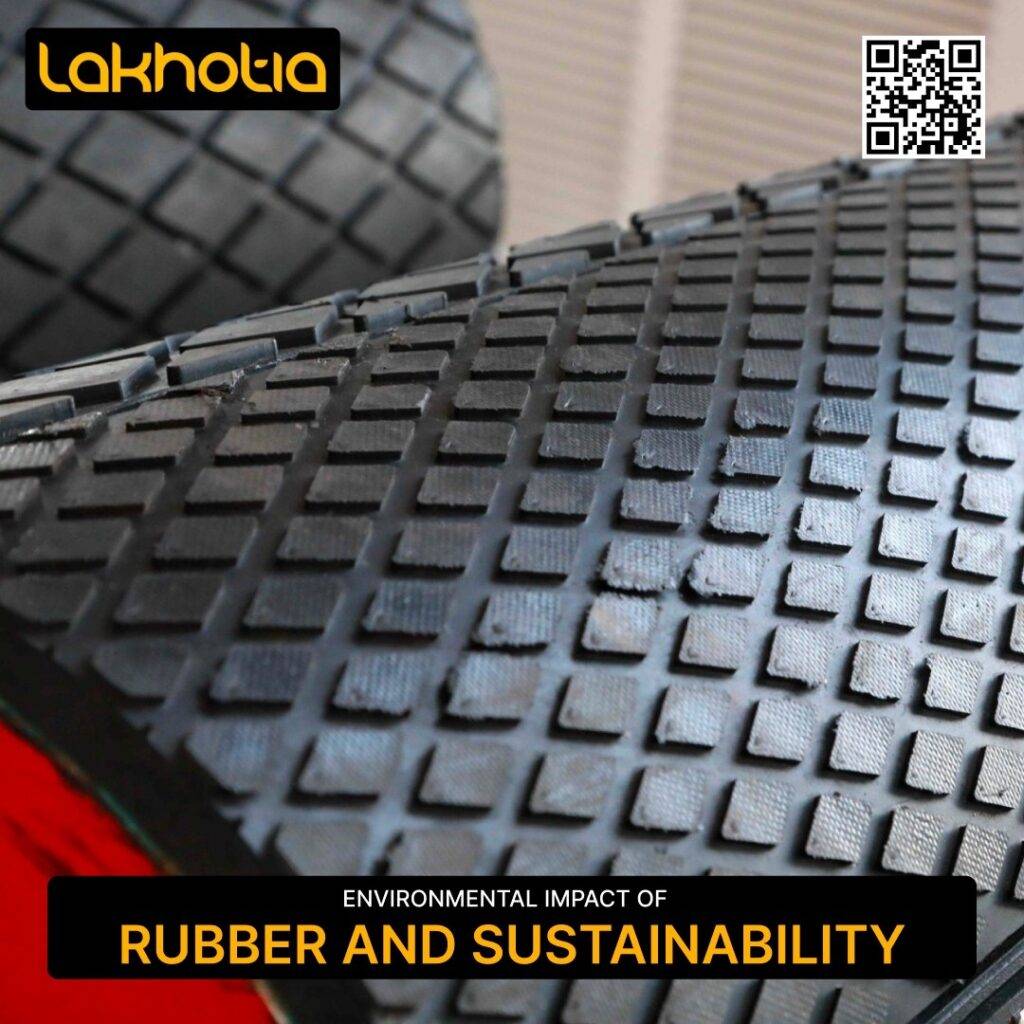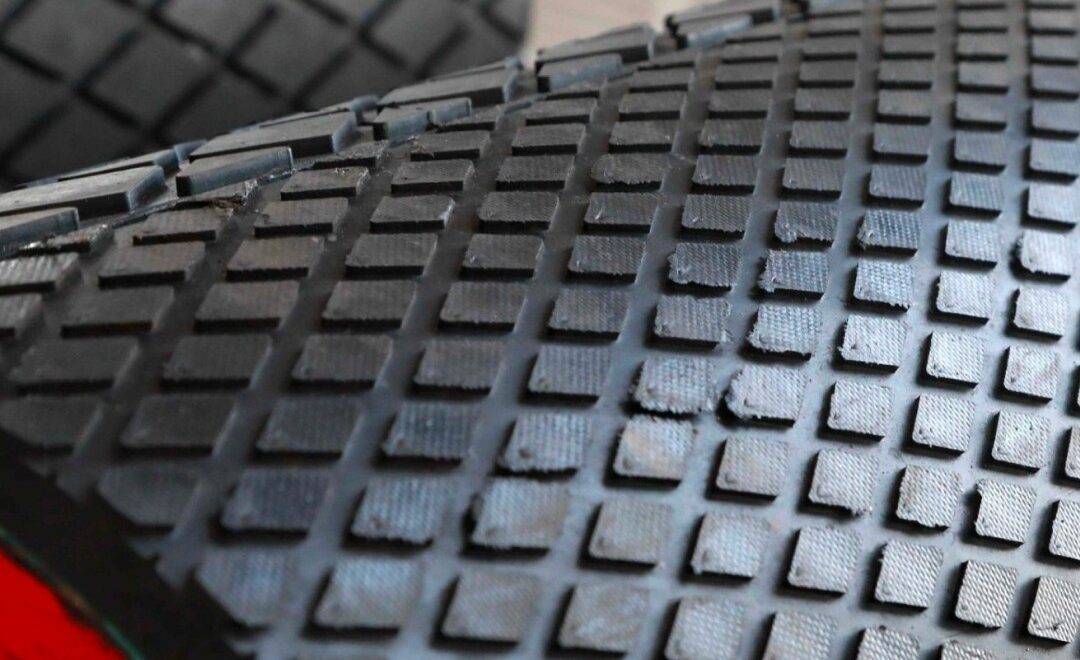
The Environmental Sustainability of Diamond Rubber
Diamond rubber, also known as crumb rubber or recycled rubber, is an innovative and sustainable material derived from discarded rubber products, primarily old tires. Through a process of shredding and grinding, these waste materials are transformed into small granules that can be reused in various applications, including sports fields, playground surfaces, road construction, and rubberized asphalt.
As industries seek environmentally friendly building materials, the use of diamond rubber has gained significant attention due to its sustainability benefits. From waste reduction to energy savings, this material presents a viable alternative to traditional rubber products. This blog explores the environmental impact of rubber, focusing on its effect on waste management, resource conservation, energy efficiency, and overall ecological benefits.
Waste Reduction
One of the most significant environmental benefits of diamond rubber is its ability to reduce waste. Recycling old tires plays a crucial role in minimizing landfill overflow, as tires are a major environmental concern due to their non-biodegradable nature. When discarded in landfills, they occupy substantial space and pose risks such as water stagnation, which can lead to mosquito breeding and disease outbreaks. Improper disposal can also result in hazardous tire fires that release toxic fumes into the atmosphere.
By utilizing recycled tire rubber, we can significantly decrease landfill waste and prevent these environmental hazards. This not only helps reduce pollution but also provides an effective way to manage millions of waste tires generated each year. Using recycled tire rubber ensures that these discarded materials are repurposed into valuable products rather than contributing to landfill overflow.
Resource Conservation
Producing diamond rubber consumes significantly fewer natural resources than manufacturing virgin rubber. Virgin rubber production requires harvesting rubber trees, processing raw latex, and undergoing energy-intensive refining processes. In contrast, recycling old tires reduces the demand for fresh rubber sources, thus conserving forests and reducing deforestation.
Additionally, recycled tire rubber decreases reliance on synthetic rubber, which is derived from petroleum-based chemicals. This helps lower the environmental impact of rubber by reducing emissions associated with extracting and refining petroleum. As industries shift toward environmentally friendly building materials, diamond rubber emerges as an eco-conscious choice that promotes sustainability without compromising quality.
Energy Savings
The process of producing virgin rubber involves extensive energy consumption, from plantation maintenance to extraction, processing, and transportation. In comparison, creating diamond rubber requires considerably less energy since it involves grinding and shredding existing rubber materials rather than undergoing the complete manufacturing cycle.
The energy savings achieved through recycling old tires contribute to lower greenhouse gas emissions. Since diamond rubber repurposes existing materials, it reduces the overall energy demand associated with raw material extraction and processing. This shift to a more energy-efficient production method is essential for industries seeking to minimize their environmental impact of rubber.
Durability and Longevity
Another significant advantage of diamond rubber is its durability. Products made from recycled tire rubber, such as sports fields, playground surfaces, and running tracks, are highly resilient and can withstand heavy use. This longevity means that these surfaces do not need frequent replacements, reducing resource consumption over time.
For example, diamond rubber playground surfaces are designed to be impact-resistant, providing cushioning that enhances safety. This reduces maintenance costs while ensuring a longer-lasting product. The same applies to rubberized asphalt, which increases road lifespan, decreases maintenance expenses, and enhances road safety through improved traction.
Reduced Environmental Impact
Diamond rubber plays a crucial role in reducing the environmental impact of rubber across various industries. One of the key applications of recycled tire rubber is in road construction, where it is used in rubberized asphalt. This type of asphalt provides several benefits:
Noise Reduction
Rubberized asphalt significantly lowers road noise, making urban areas quieter and more comfortable for residents.
Enhanced Durability
Roads built with rubberized asphalt are more resistant to cracking, reducing the need for frequent repairs and extending pavement life.
Lower Carbon Emissions
Using recycled tire rubber in asphalt production reduces the demand for virgin materials and decreases emissions associated with raw material processing.
In addition, industries that use diamond rubber in flooring, industrial mats, and shock-absorbing materials contribute to reducing the demand for newly manufactured rubber products. This results in lower pollution levels and a reduced strain on natural ecosystems.
Health and Safety Considerations
While diamond rubber provides numerous environmental benefits, it is essential to consider potential health and safety aspects associated with its use. Some concerns have been raised regarding chemical exposure from recycled tire rubber, particularly in playgrounds and sports fields where direct human contact is frequent.
To mitigate potential risks, proper handling, installation, and maintenance of environmentally friendly building materials like diamond rubber are essential. Research has shown that high-quality recycled tire rubber undergoes rigorous safety testing to ensure compliance with environmental and health standards. Industries utilizing diamond rubber should prioritize materials that meet regulatory guidelines and implement safety measures to minimize any adverse effects.
Conclusion
The environmental impact of rubber is a pressing concern, but the sustainability of diamond rubber makes it a valuable alternative to traditional rubber products. By addressing key challenges such as waste reduction, resource conservation, energy savings, and environmental impact, recycling old tires contributes to a cleaner and more sustainable future.
Moreover, industries that integrate recycled tire rubber into their operations can benefit from its durability and cost-effectiveness. However, it is essential to ensure that health and safety considerations are adequately addressed to maximize the benefits of this material.
For businesses looking to adopt sustainable practices, Lakhotia is the best conveyor belt supplier in India, offering high-quality diamond rubber products that support environmentally friendly building materials. Choosing recycled tire rubber solutions can help industries minimize their carbon footprint and promote environmental responsibility while maintaining product efficiency and durability.


